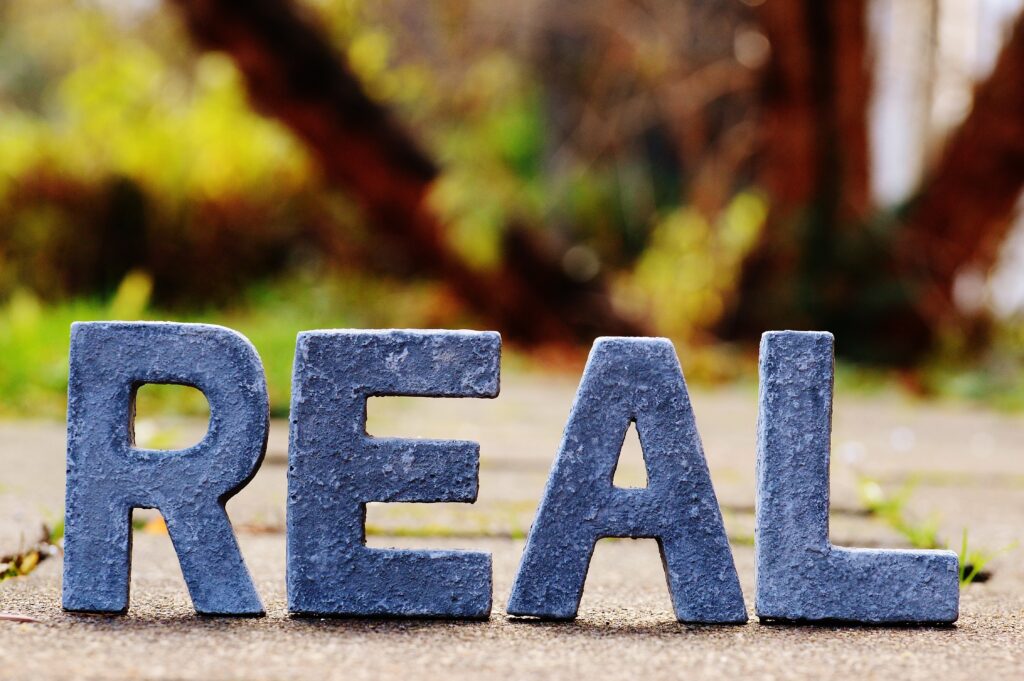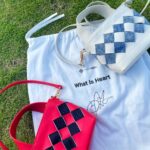
Apple leather has become increasingly popular as a vegan and ethical alternative to traditional leather production in the fashion industry. It is a strong and water-resistant material that can be used to make a variety of products, from shoes and purses to coats and accessories. Apple leather is made from the peel and cores of apples, which would otherwise go to waste.
Let’s answer 6 frequently asked questions regarding apple leather to gain a better understanding of the material and its potential to transform the fashion industry.
1. What is apple leather, and how is it made?

Apple waste is ground into a fine pulp, which is then combined with a polyurethane binder and spread out into thin sheets to create apple leather, a sustainable and animal-free leather substitute. By using this method, a material with traditional leather’s texture and durability is produced without the unfavorable environmental effects of traditional leather production.
Learn ‘How Apple Waste Is Turned Into Beautiful Leather.’
2. Is apple leather real leather?

Apple leather is not genuine leather. Although it may have a similar appearance and feel to conventional leather, it is made of completely different substances. Animal skins are used to make real leather, which is then chemically processed and tanned to produce a strong and flexible Apple leather, on the other hand, is created by combining apple waste with a polyurethane binder.
Check out our previous blogpost on ‘A comparison between Real leather and Vegan leather’
3. Is apple leather expensive?

Due to its production method and the cost of obtaining apple waste, apple leather can be a little more expensive than standard leather. Yet, the price of apple leather might differ significantly depending on the brand and the quality.
Apple leather can be more expensive when compared to alternative environmentally friendly and durable materials, such as bamboo or organic cotton. However, the long-term advantages of investing in sustainable fashion, such as diminished environmental impact and improved durability, must be taken into account when comparing different materials.
4. Is apple leather durable?

Certainly, if properly manufactured and cared for, apple leather may last a very long time.
Apple leather can nevertheless be a long-lasting and environmentally friendly choice even though it might not be as resilient as regular leather. It is perfect for usage in shoes, bags, and other accessories because it is water- and scratch-resistant.
5. Is apple leather good quality?
The manufacturing procedure and the caliber of the materials employed can have an impact on the quality of apple leather.
Apple leather can be created in a variety of hues and textures and is intended to resemble the feel and appearance of conventional leather.
6. Is apple leather cruelty-free?

Apple leather is created from apple waste and does not involve the use of any animal skins or other animal by-products, making it a cruelty-free option. As a result, it serves as an ethical and environmentally responsible substitute for conventional leather, which is made from the skins of animals that are frequently exposed to inhumane treatment.
Traditional leather production includes the use of chemicals and procedures that may be detrimental to the environment and the producers themselves. Apple leather, in contrast, is produced using eco-friendly materials and practices, making it a more ethical and long-lasting option.
Conclusion

In conclusion, apple leather is a humane and environmentally friendly substitute for regular leather. It is an ethical product for customers to purchase because its production method is environmentally friendly and does not involve the use of animal by-products. investing in sustainable fashion make it a potential option for both fashion houses and customers, even though it may potentially be more expensive than other sustainable materials.
Follow RINGO-TEX on Instagram and Youtube for more educational contents like this.





